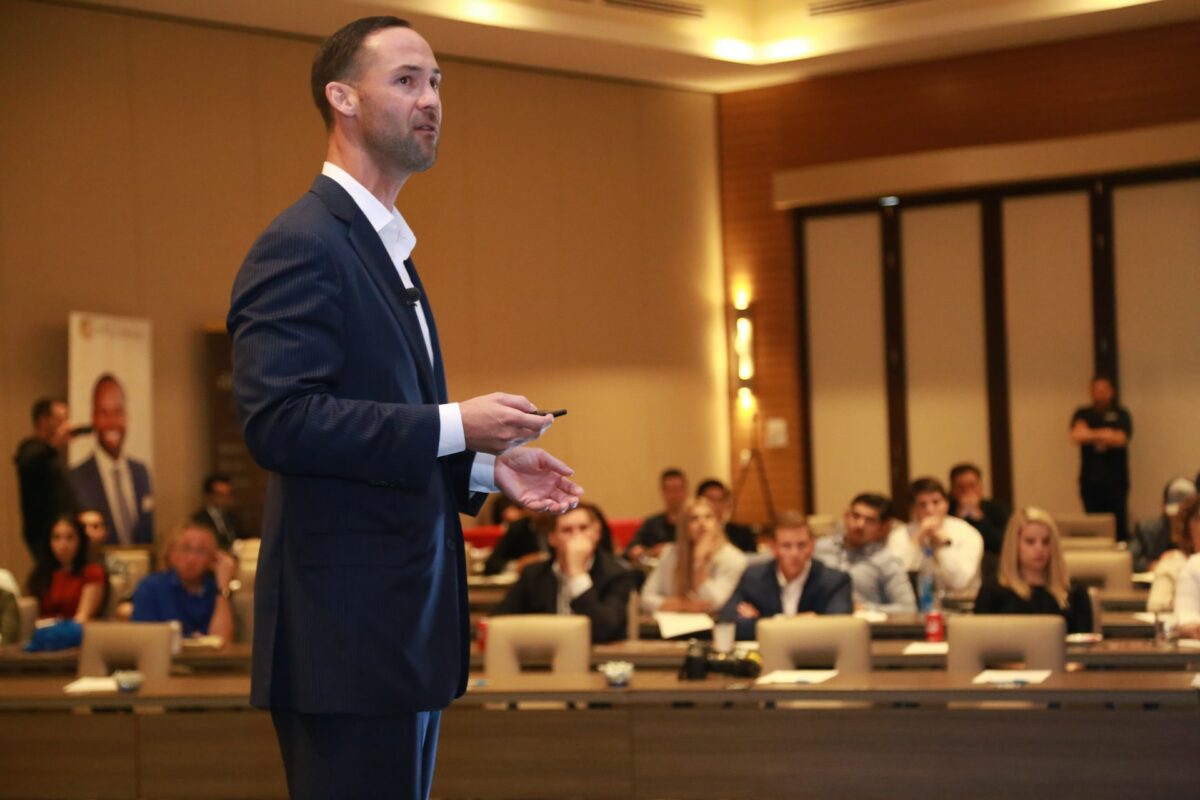What a brand really represents is what consumers think it represents. Well-intentioned brand managers can take actions they think are strategically appropriate, but if these messages are not believed or accepted by the consumers, they can severely maim the brand. Netflix learned this the hard way.
It might have made good business sense because of anticipated future industry changes to start charging higher prices for video streaming and separating out its video rentals into another business called Qwikster, but these actions violated consumers’ core understanding of the Netflix promise. Consumers saw Netflix as the place to go to get movies conveniently. Netflix was not a particular delivery system (DVDs or streaming), and it certainly was not about dealing with two different accounts. By misunderstanding consumers’ strong emotional reactions to the changes, CEO Reed Hastings undercut the brand value of Netflix catastrophically.
That’s why qualitative marketing research techniques are so important. They identify the meanings consumers actually ascribe to brands, not the ones managers hope consumers will take away. But getting the right read takes hard work.
The Netflix decision was egregious. It’s quite possible that if Netflix had simply asked its consumers directly, they would have openly complained about the change. But we can only guess this in hindsight. Conventional marketing research surveys may not have identified this extreme reaction. Why? Perhaps surprisingly, in marketing surveys, consumers tend to be remarkably pliable. When asked, they feed back what they think they are supposed to say, rather than what they are truly thinking. Especially, when as often happens, the question is framed from the management perspective. Since consumers don’t spend much time consciously dwelling on brands, the wording of the question frames how managers think consumers should think about the brand. The art of good marketing research is to find creative ways to probe consumers’ minds and uncover what they are actually thinking, feeling, and responding to automatically, without having the mere process of asking the questions influence the answers.
Several methodologies exist to uncover these deep meanings, each based on a different theoretical framework and set of assumptions. One class of techniques uses psychological probing, almost like psychoanalysis, to uncover deep-seated emotions and thoughts. The best-known method in this class is the Zaltman metaphor elicitation technique (ZMET), developed by Gerald Zaltman, a Harvard emeritus professor. ZMET is based on the premise that people use visual metaphors to express their unspoken ideas about brands. The researcher’s job, then, is to uncover those metaphors.
Another, similar technique is called laddering. The basic question in the laddering technique is why?
Consumers are asked why they use a particular brand, and then why that reason makes sense, and so on. Eventually, these answers are used to “ladder up” to deep underlying motivations and life values.
The implicit association test, as the name suggests, measures implicit associations or attitudes. Consumers are thought to have explicit attitudes that they can express when asked, and implicit attitudes that they cannot consciously control. The harder-to-access, implicit attitudes can form visceral responses to brands that may help marketers predict behavior.
Finally, ethnographic methodologies are used to understand the way culture affects behavior. The priority in ethnographic research is to make sure the data collection occurs in natural settings and is based primarily on observation. The assumption here is that true behavior can be observed only in its own cultural contexts and that traditional marketing research techniques using surveys or experiments take place outside of the natural environment and thus have an artificial component.
Contributed to Branding Strategy Insider by: Barbara E. Kahn, excerpted from her book Global Brand Power: Leveraging Branding for Long-Term Growth, copyright 2013, with permission of Wharton Digital Press.
The Blake Project Can Help: Contact us for more on BrandInsistence brand equity measurement
Branding Strategy Insider is a service of The Blake Project: A strategic brand consultancy specializing in Brand Research, Brand Strategy, Brand Licensing and Brand Education




